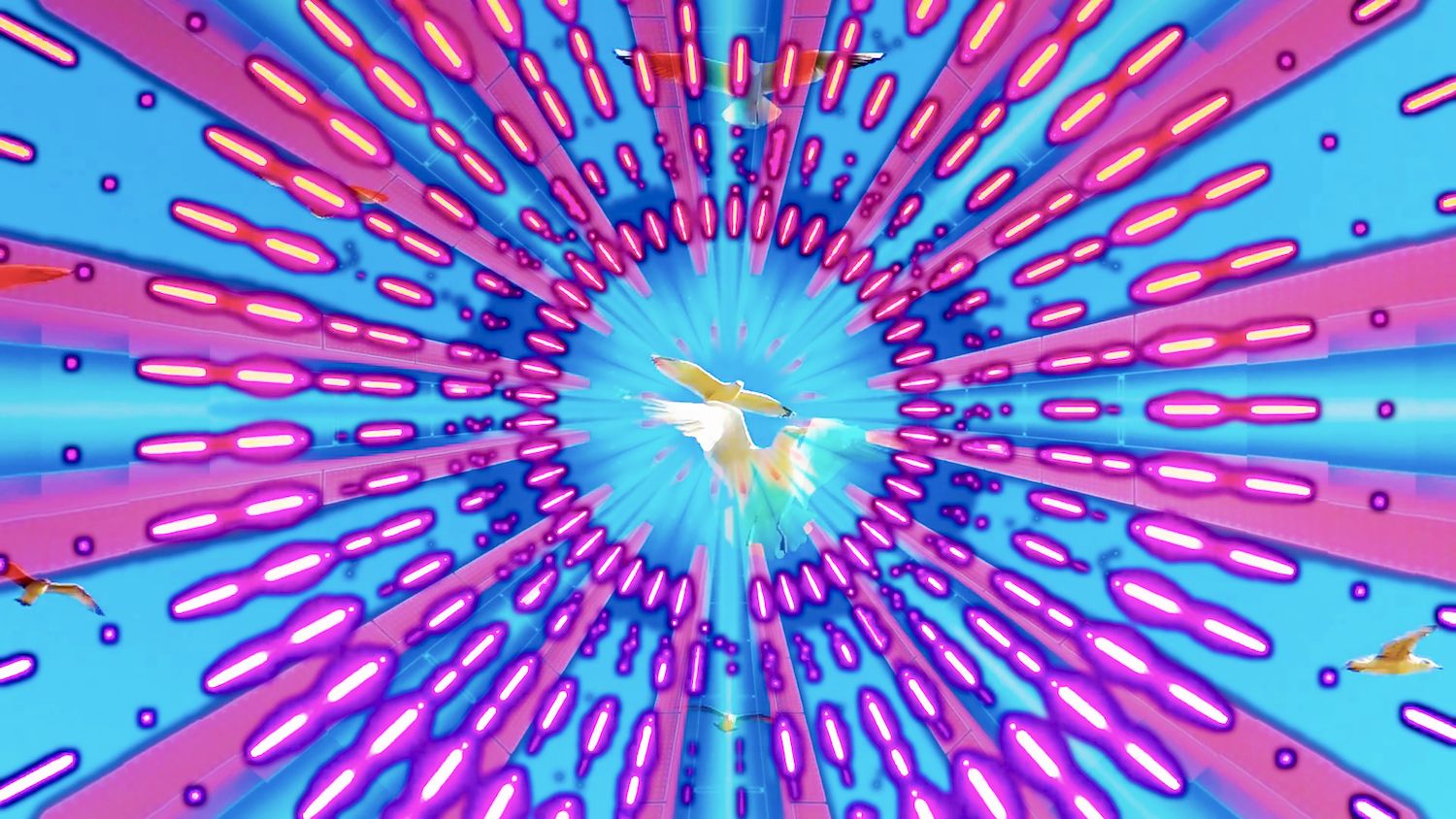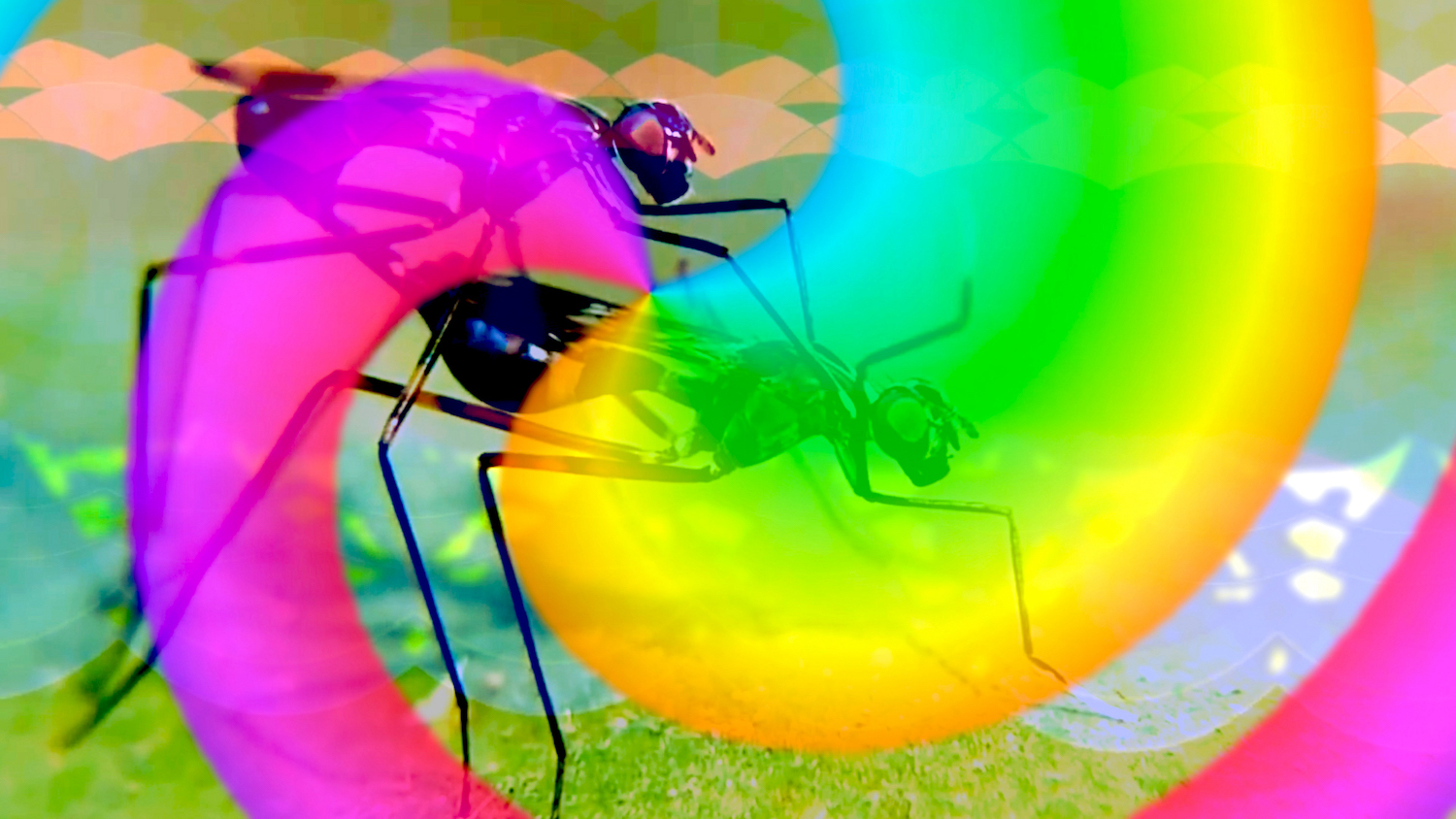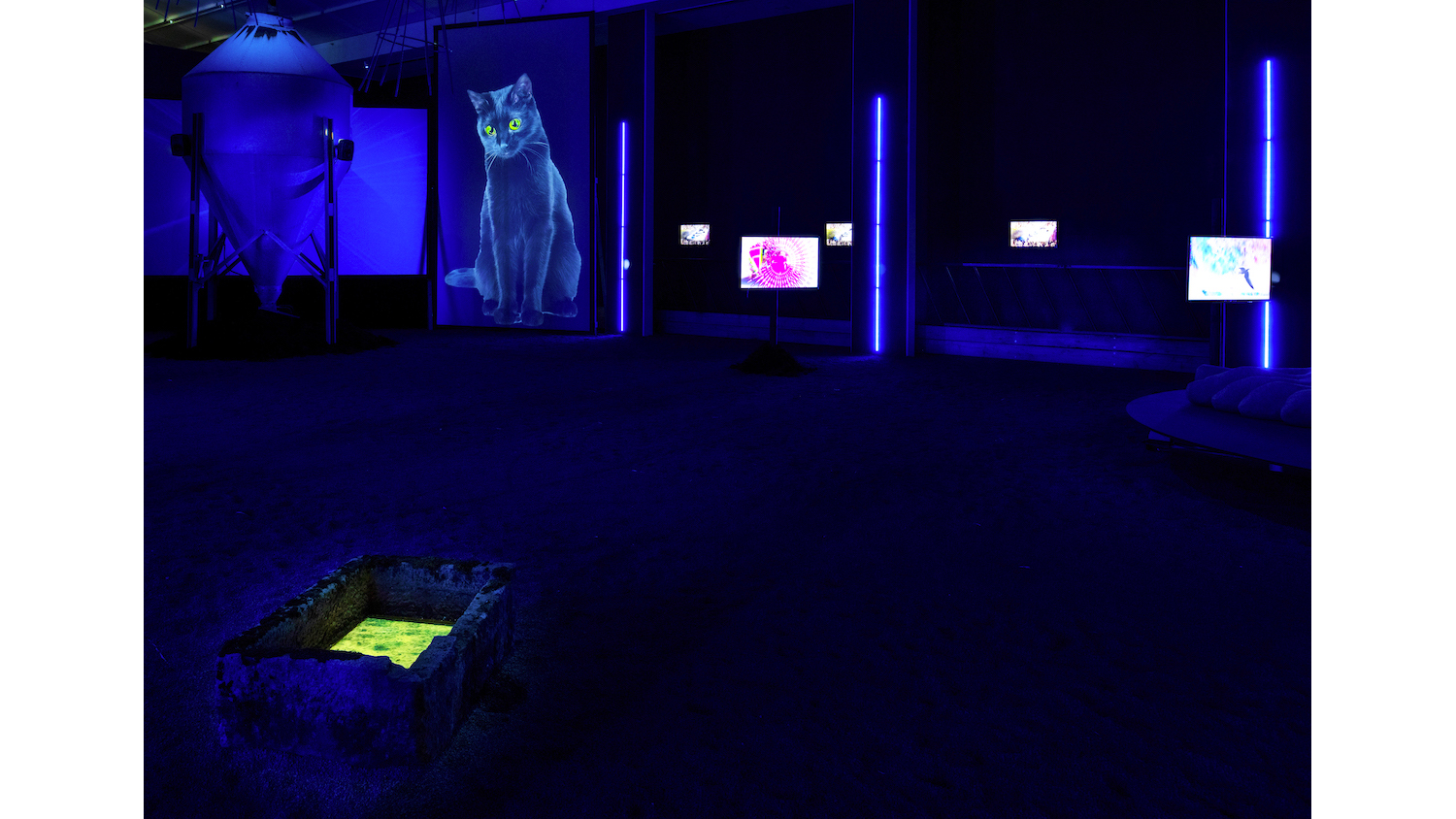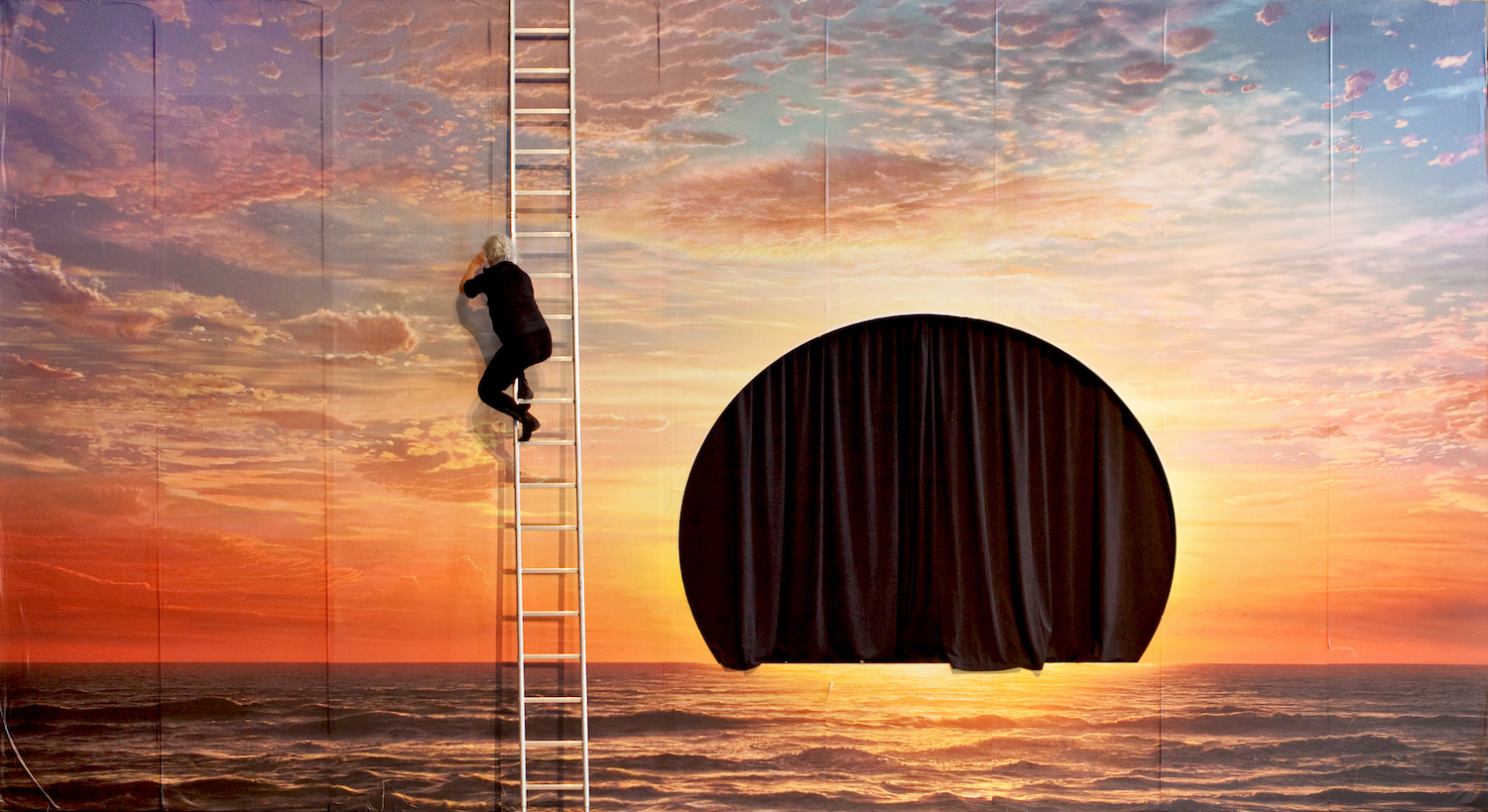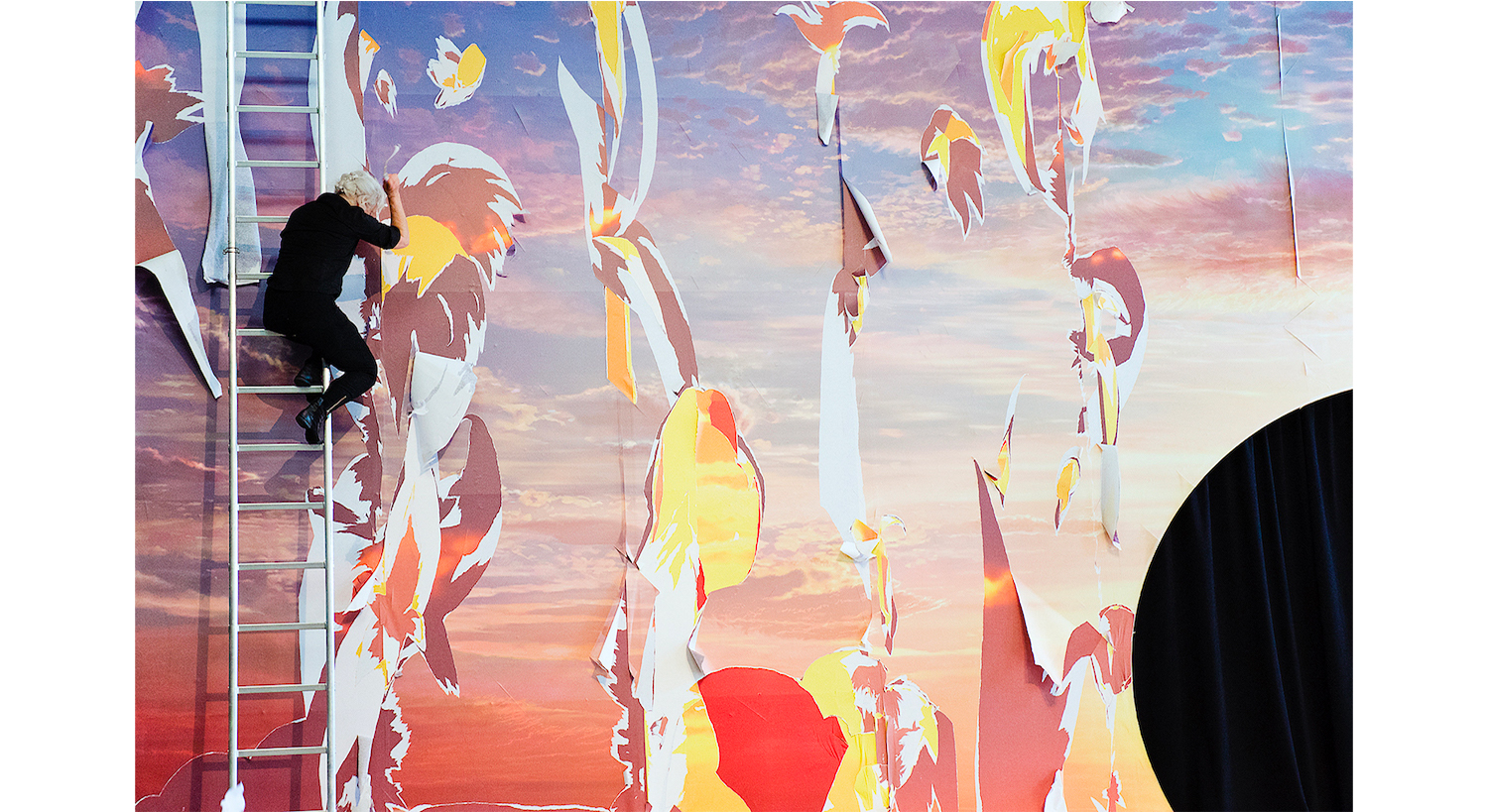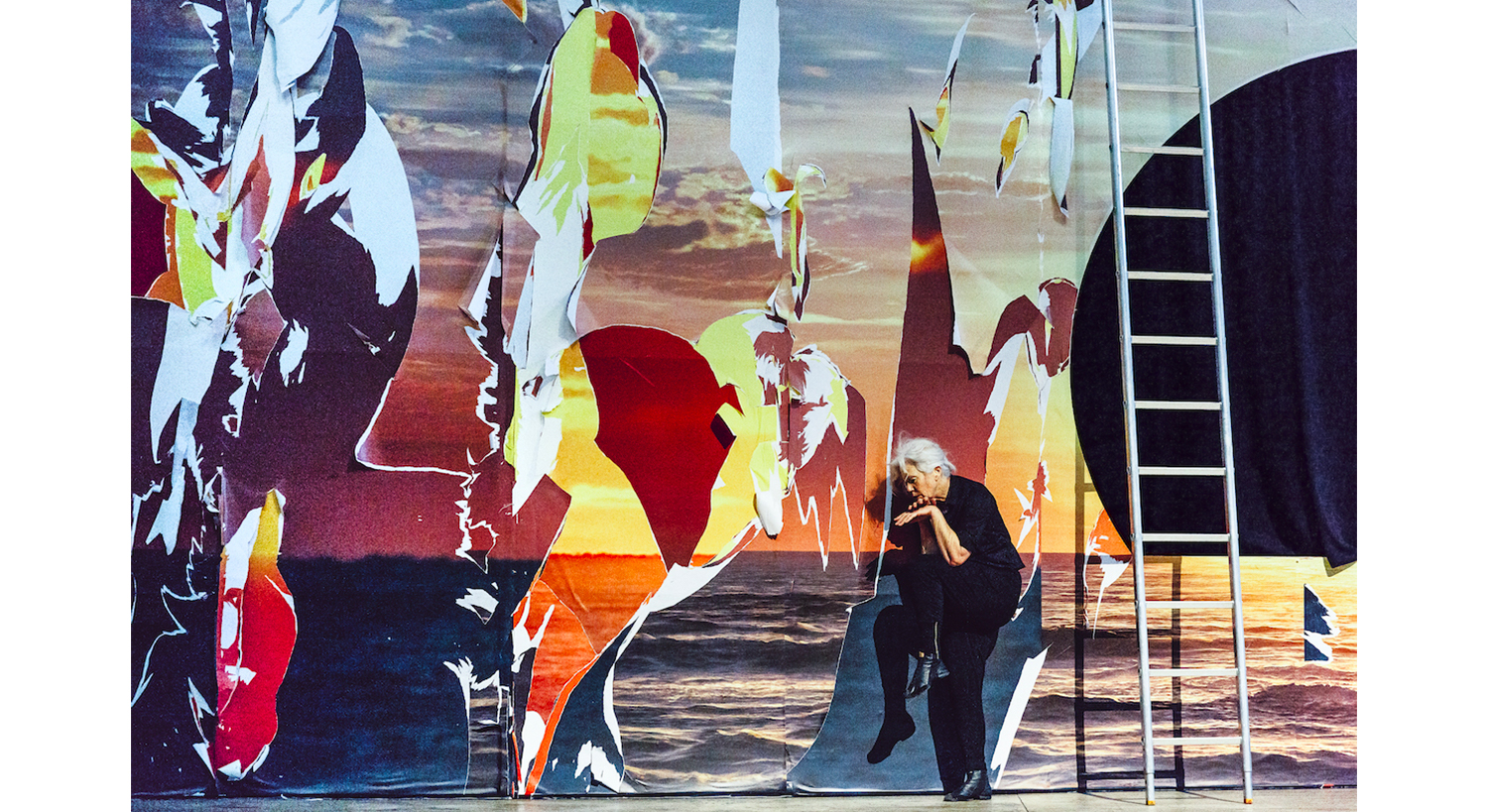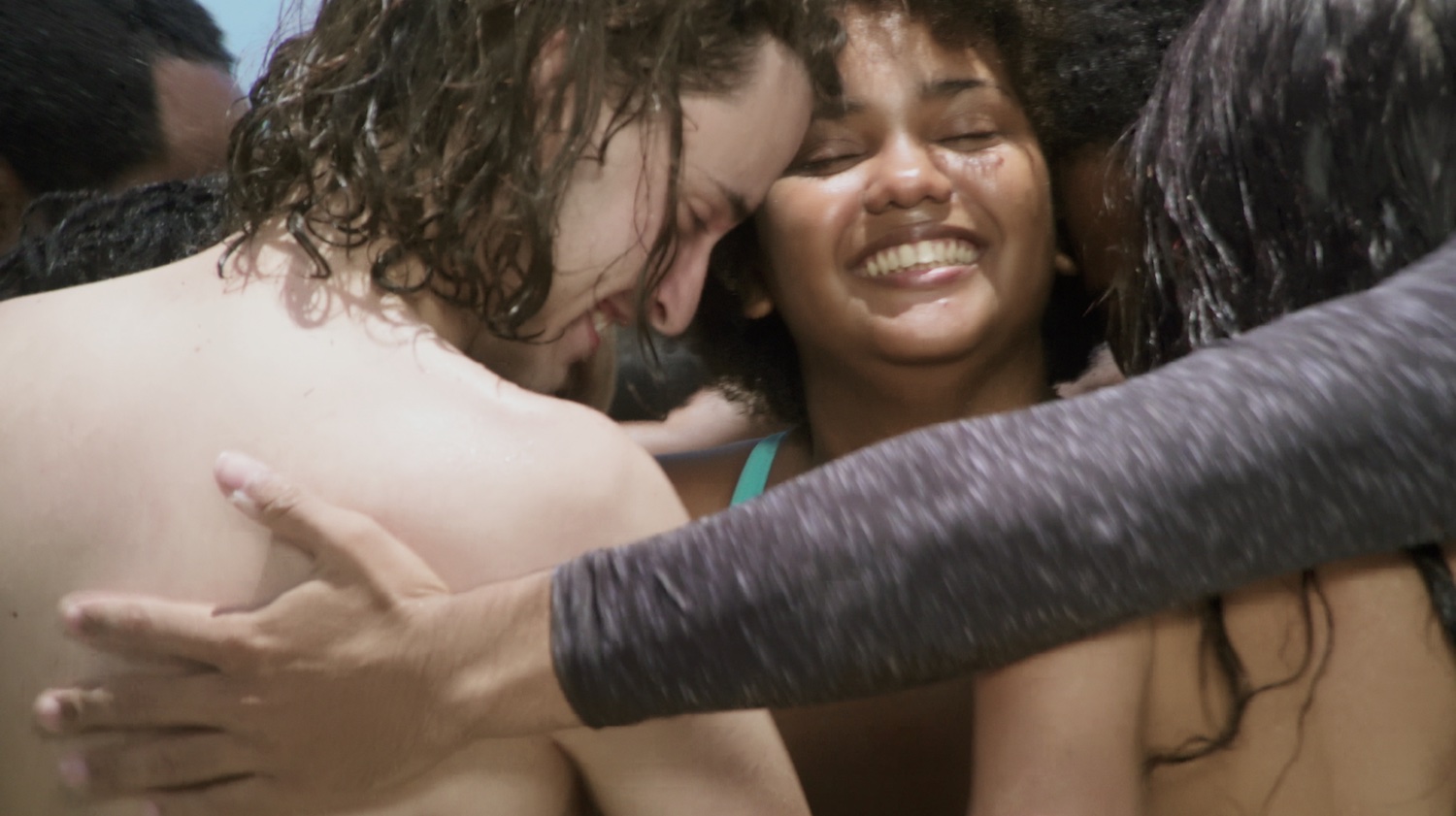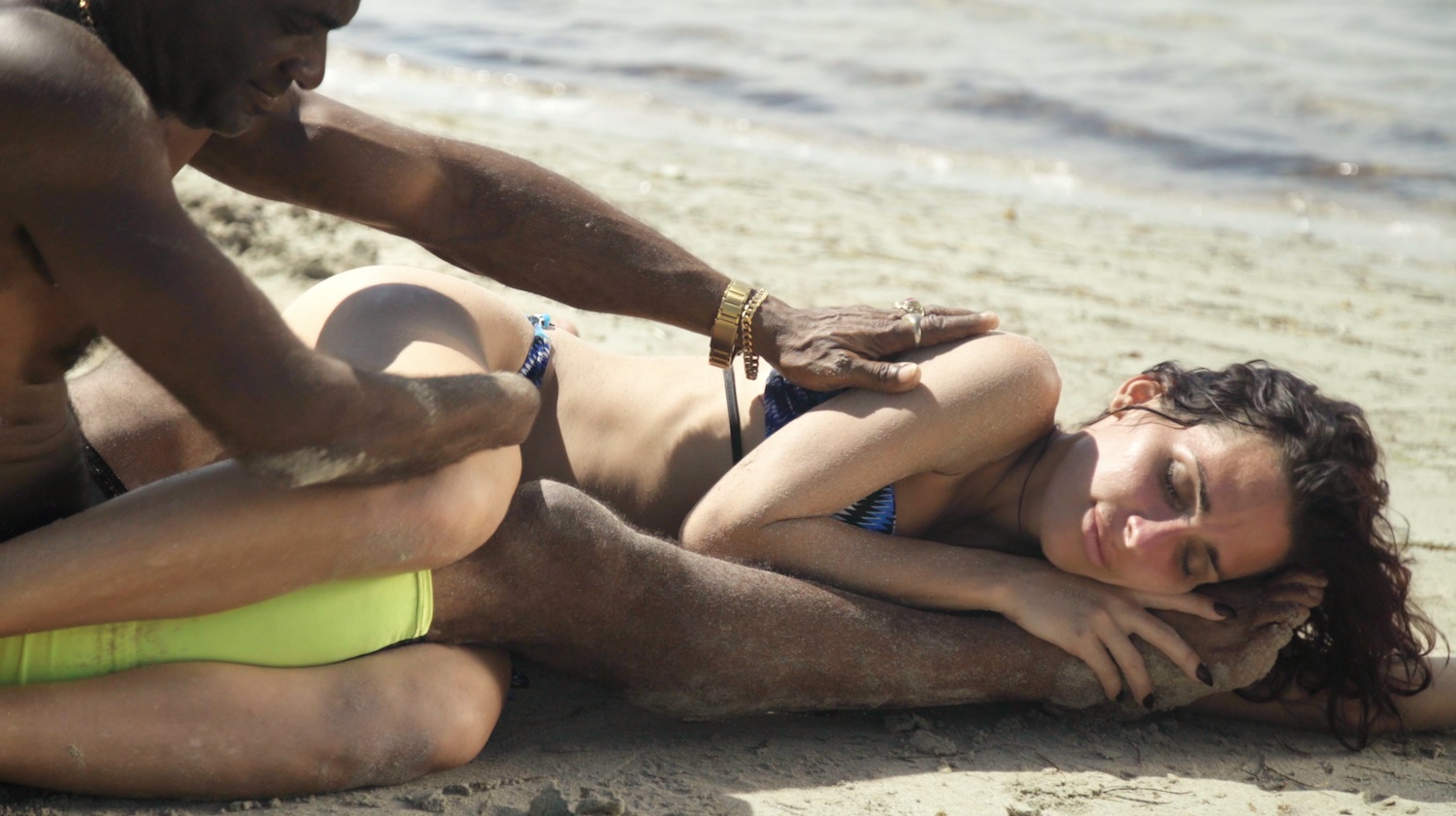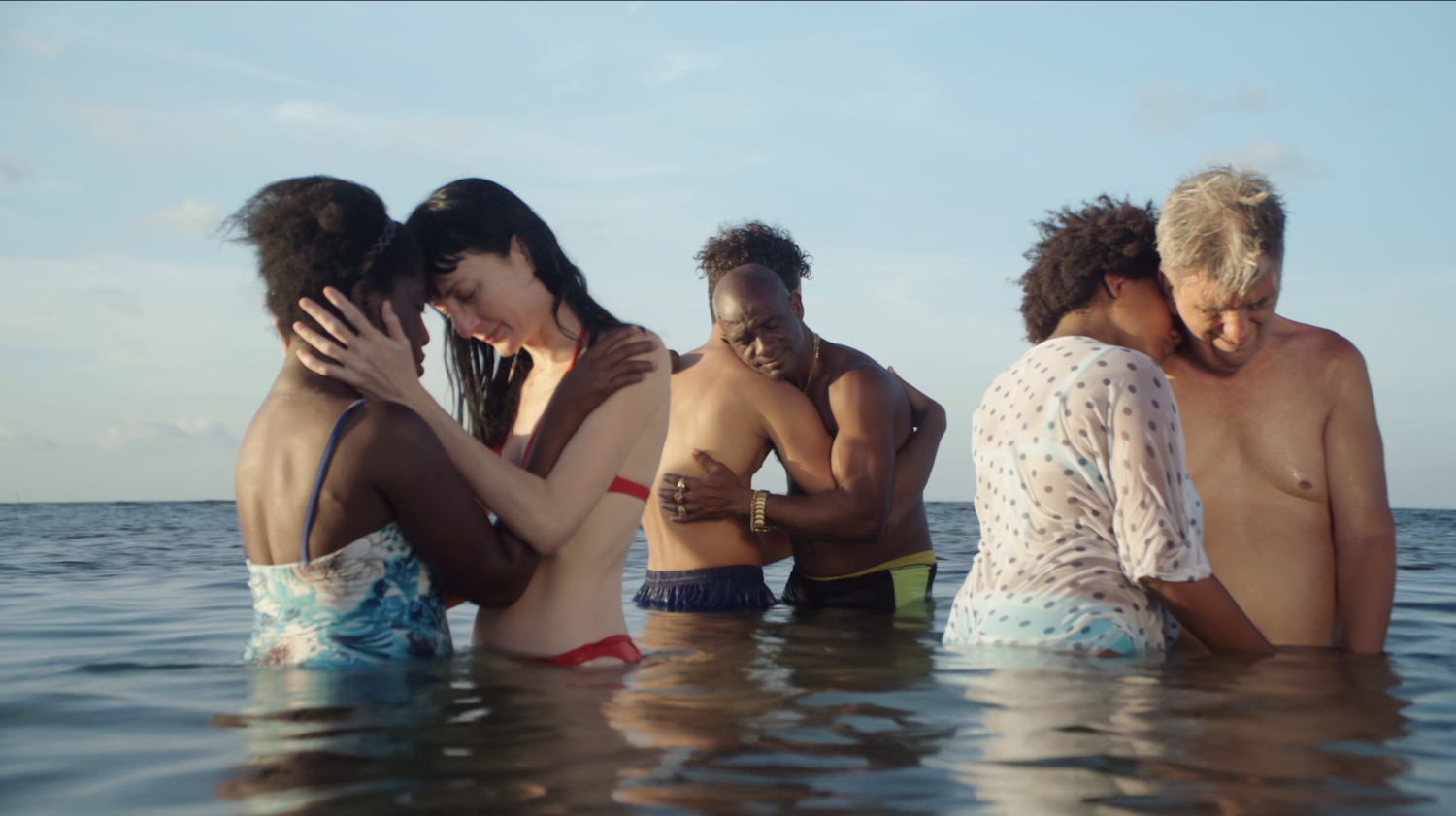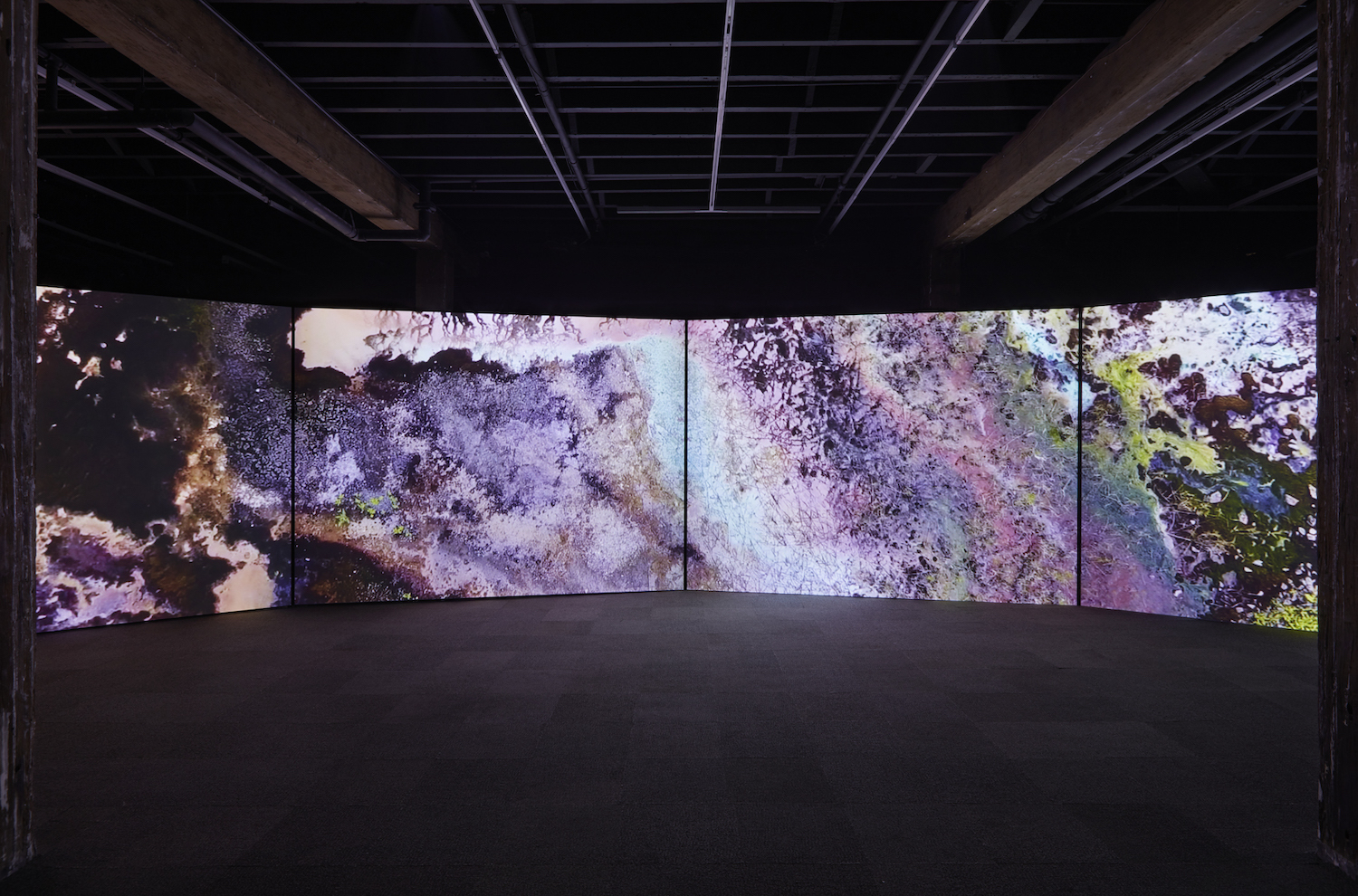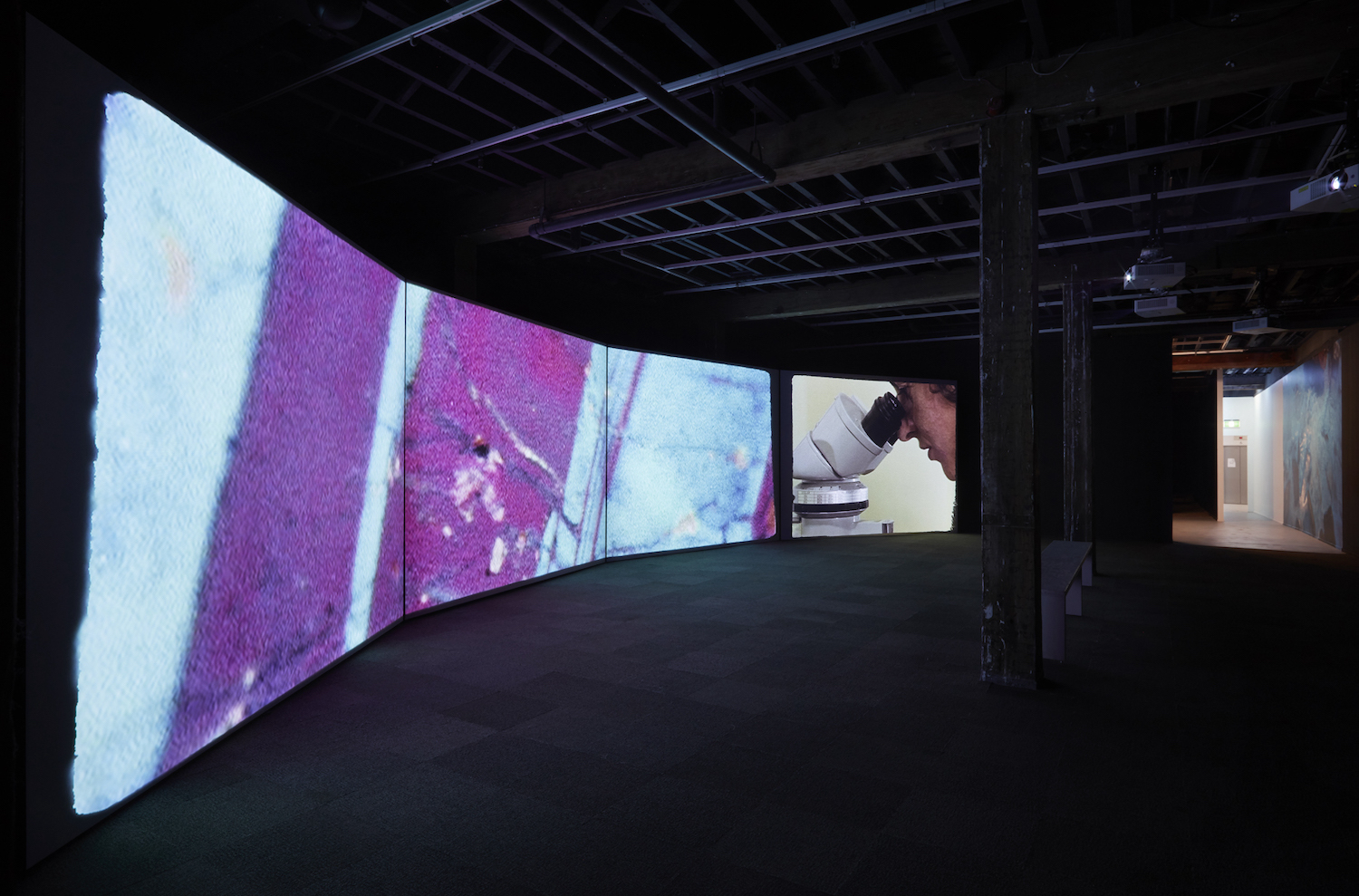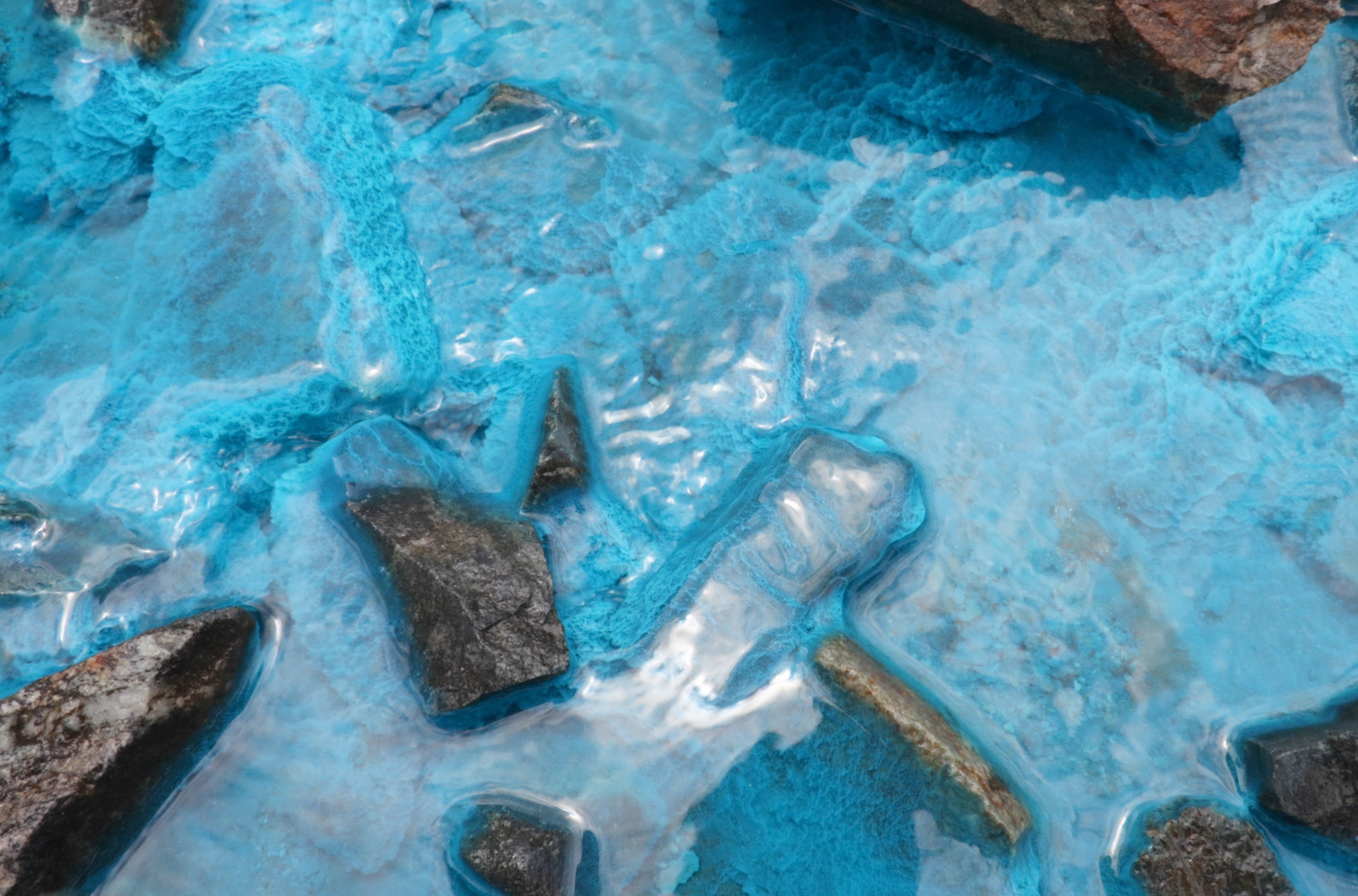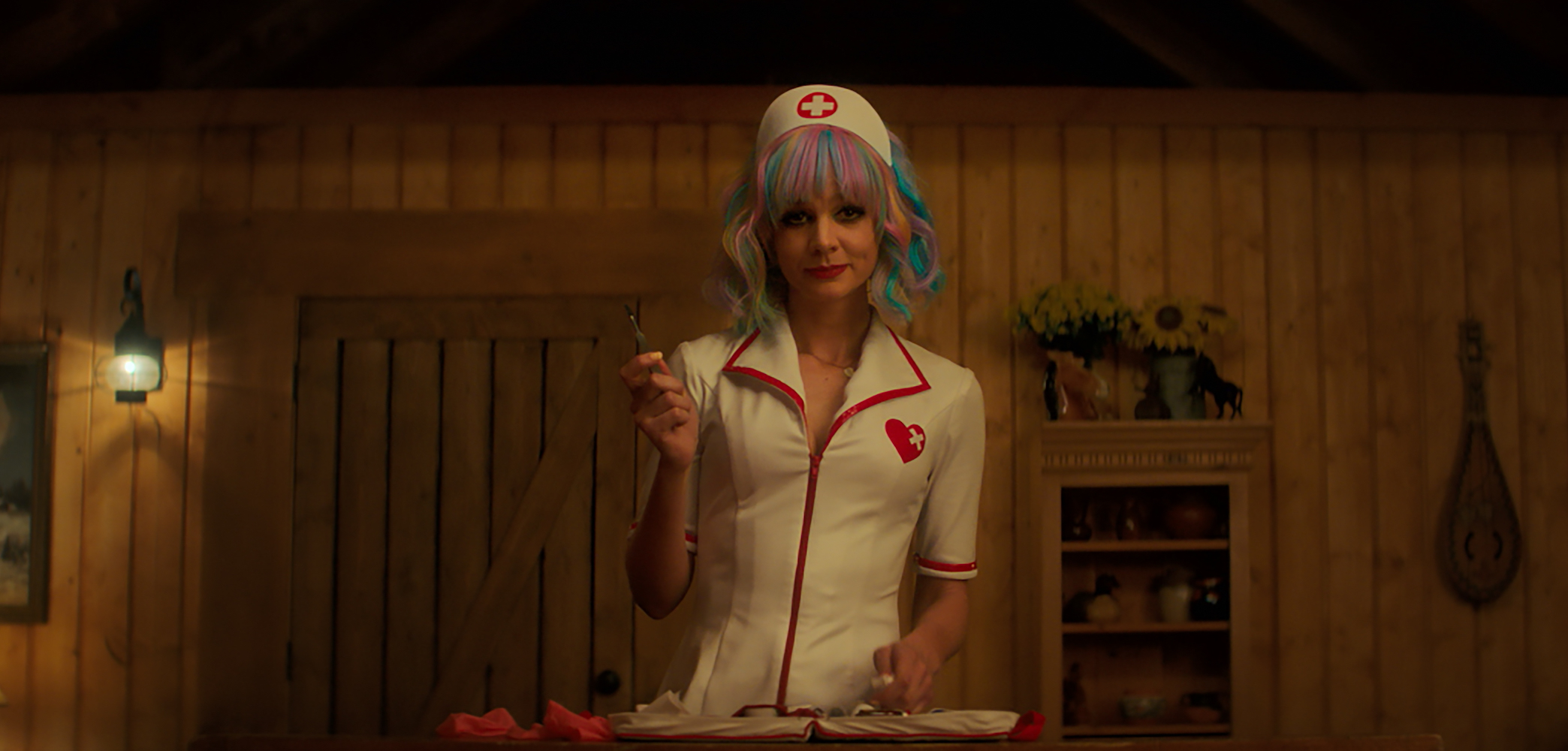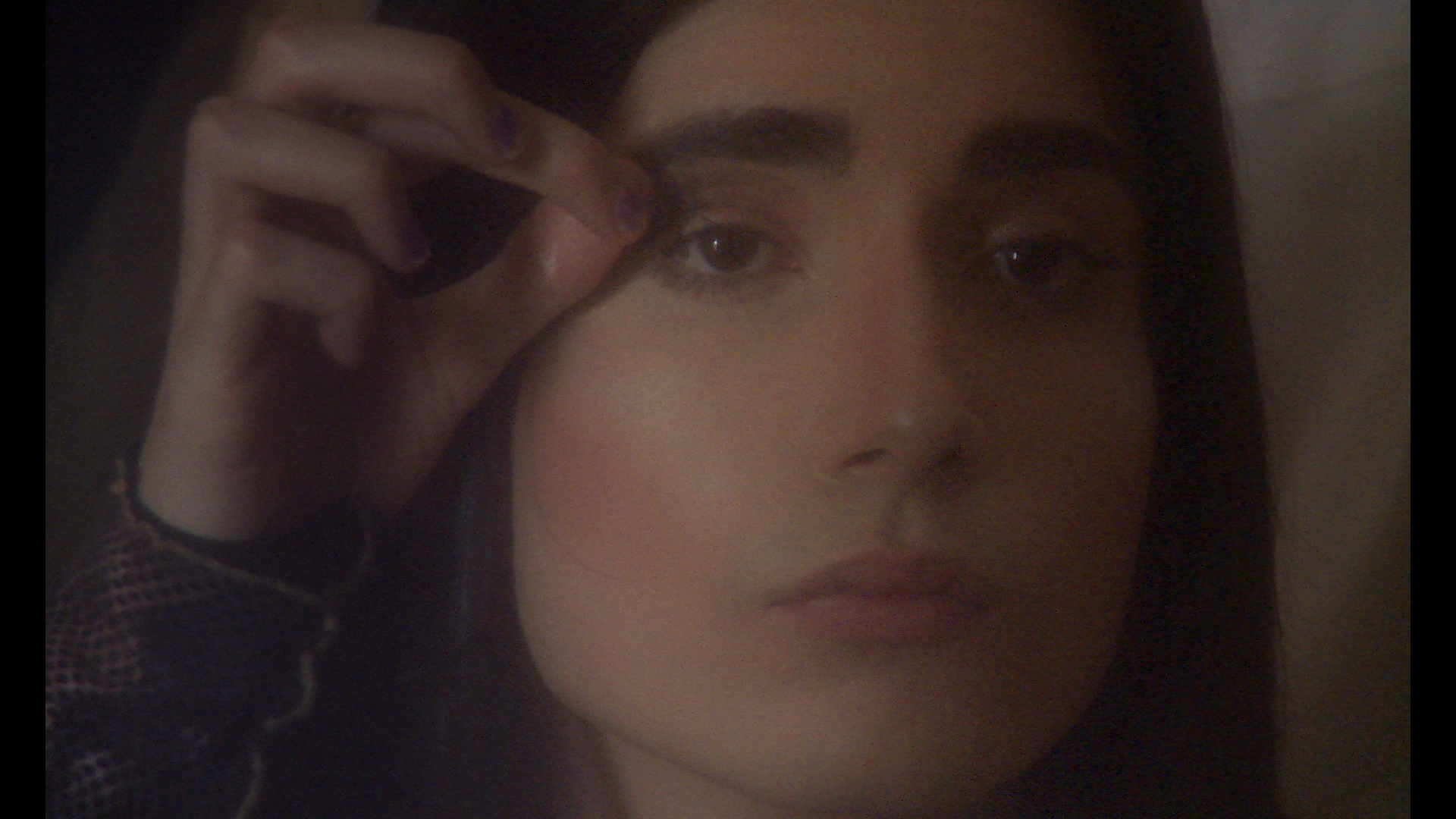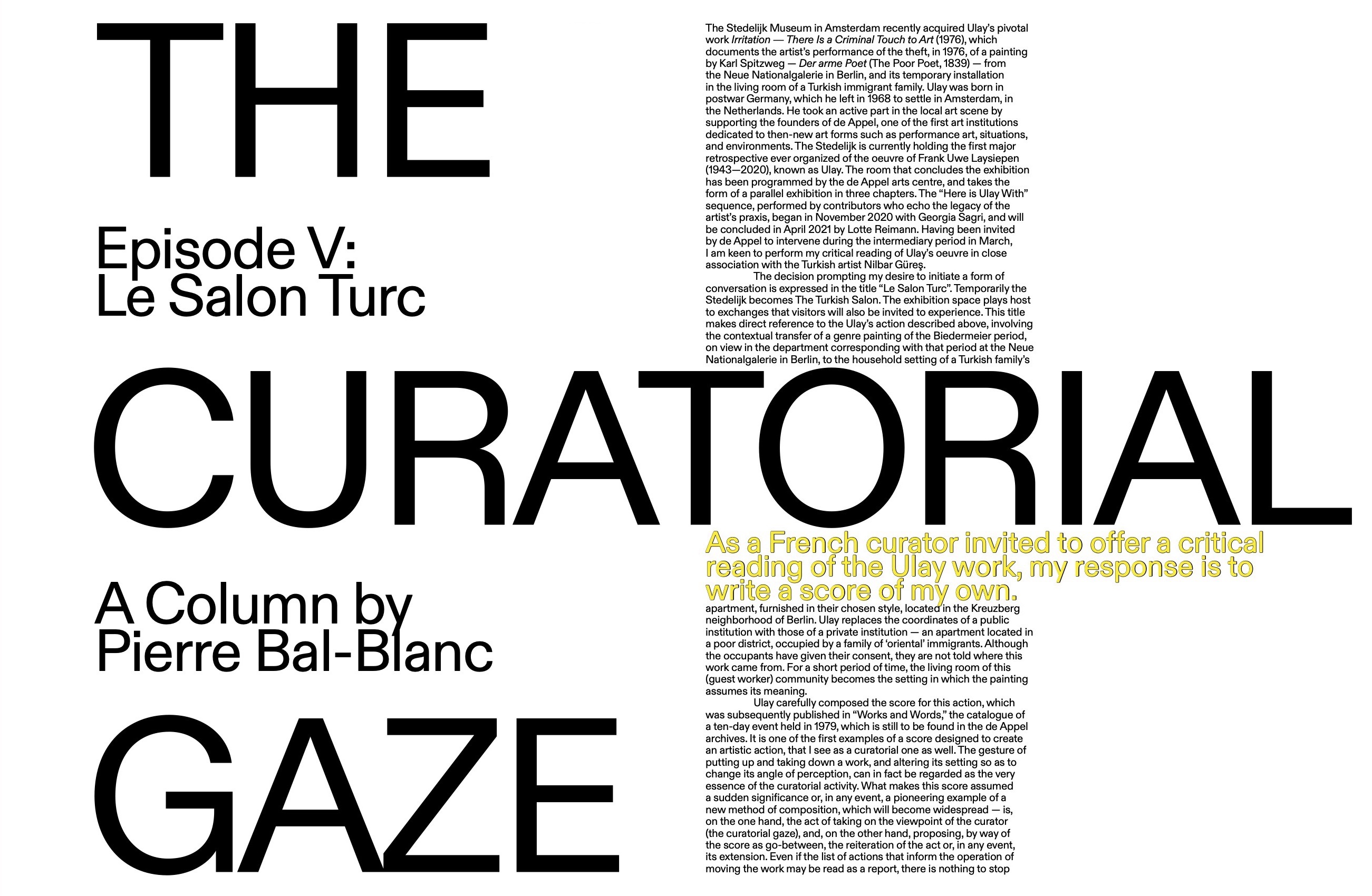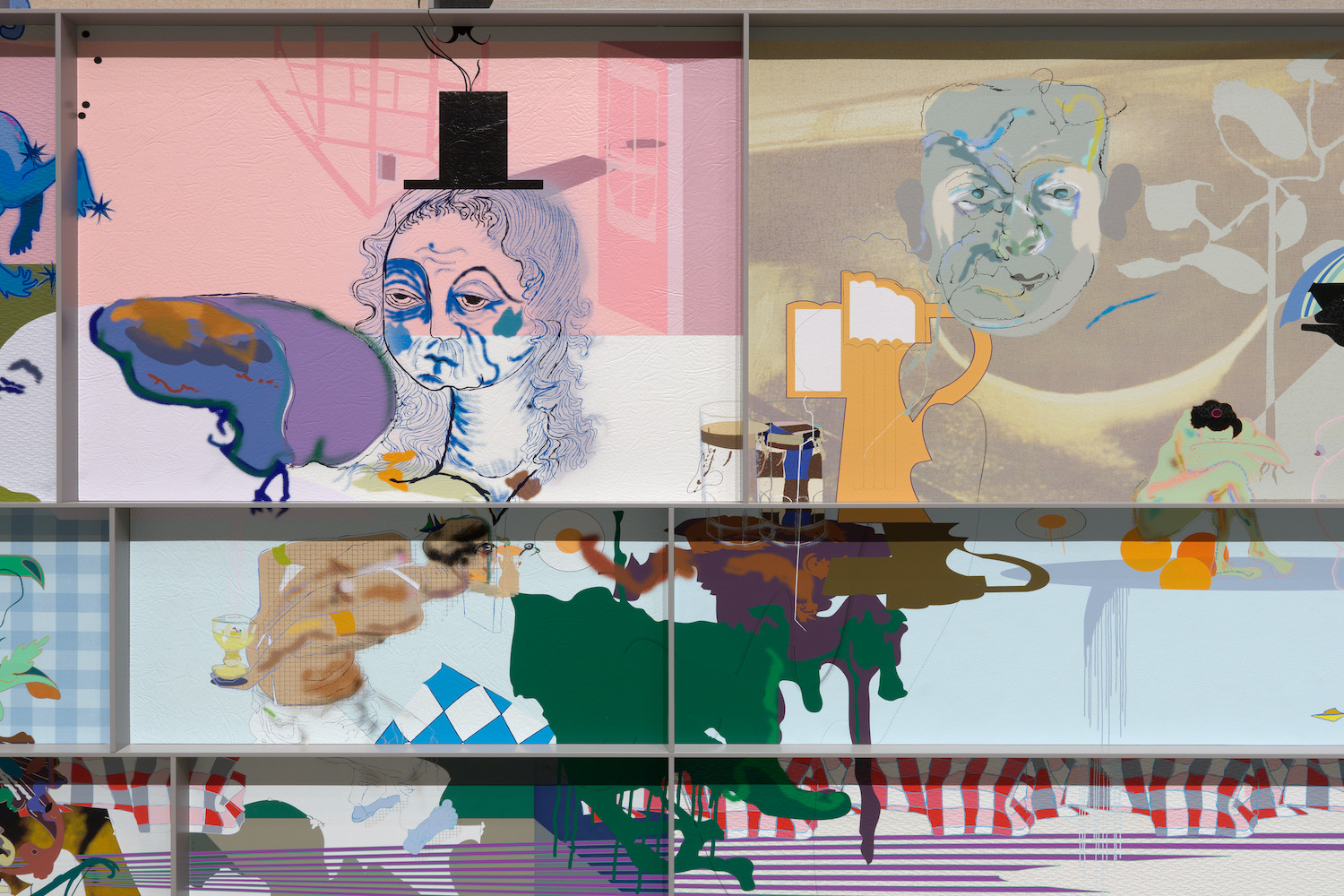I remember a team meeting at MACBA — it must have been around 2010 — in which the question of a museum journal was addressed. I could not really articulate what the content of such an endeavor should be, aside from repeating like a mantra that we needed a new body of references. “No more dialectics! It must be another way of understanding thought besides the Hegel-Marx-Adorno axis!” At that time, and in that particular context, my interlocutors understood that to move away from the canonical and political-pedagogical framework could be very dangerous.
What was I really saying? To move away from certain conceptual premises and say goodbye to the intellectual cosmos of the left could mean embracing empty artistic productions just for the sake of an audience or, much worse, for the sake of pleasing the market. True.
Yet it seemed very hard to endure the aesthetic and ideological premises of politically committed conceptualism and its blindness toward gender equality, intersectionality, and its own Western whiteness.
Could one justify the risk of abandoning tradition just to embrace the unknown? And was it really an unknown? Or did we just need to carefully revisit the past and reassemble the materials, voices, and works that would embrace the cosmos of care? Perhaps the time was right to replace philosophy with poetry, without any fear of those other disciplines disappearing. Oh! Suddenly I felt an energy emerging around a contemporary art invested not just in opening up meaning, but also in opening up the experience of art as an overarching experience of love. Slow as I am, I was unable to articulate this. But I sensed that the words of artists I cared for — from Joan Jonas to Ida Applebroog to Nancy Spero — would show me how to embrace the question of love as the question of life.
I also felt a heavy burden — of both my education and my ignorance. My education was the result of me wanting to be thought of as equally valuable to the field as any man. What else would explain my decision to study philosophy? And yet that choice — as I suppose has happened to many women artists — was very strict in terms of forbidden experience, personal experience, and identity. These three areas were the source of the problem. What problem? The part that was never addressed. It was as if we were engaged in the ritualistic avoidance of some taboo. All my teachers — male philosophers — stressed the importance of the critical tradition. A tradition that stresses distance, logic, and separation. Binary logic seemed to be the only ground where objective truth could grow. I could do that! Coming from a poor rural background, I was the perfect subject to perform its avowal. Looking for a subject on which to write a graduate thesis, I found the perfect material: I would write on Suzi Gablik and her quest for the re-enchantment of art. I still remember my defense tribunal. I critiqued her work as an attempt to weaken the fundaments of aesthetic theory and judgment through the reintroduction of a cooperation between aesthetics and ethics that “could end with us going back to the religious Middle Ages!”
Is it possible to use a piece of writing in a platform like this to deeply apologize for my inability to find the incredible wisdom in her writing? I do apologize.
The good news is that something in the attitude of my teachers drove me toward her — an author unheard by them and the sacrosanct tradition of the Adorno school. I never abandoned her writings. In her book Has Modernism Failed? she wrote, “Aesthetic autonomy is a deeply rooted idea — autonomy implying moral and social separateness as the condition of art-making.” Gablik argued that we must abandon this idea in favor of a unified vision of the world in which art and ethics would not only coexist but cooperate. I had never considered the immense importance of thinking through these two notions very carefully: coexistence and cooperation.
Autonomy all of a sudden appeared before my eyes like Empire. Experience, on the other hand, emerged as a substance able to create the conditions of mutuality and care: coexistence and cooperation. The religion I wanted to fight in my scholarly, academic numbness was not embodied in the poetic language of Suzy Gablik — and so many others — but in the radical institutionalization of autonomy (and its essential qualities) as a key instrument to colonize culture and perpetuate the difference between the colonizers and the oppressed.
And yet, it seemed so difficult to flood the institutions with this experience. What if they — the critical voices that support certain accepted views on the function of art and artists — would dismiss it all as a weak attempt to gain the heart of the audience without giving it further consideration? Oh, all of a sudden the art world was possessed by concerns about organization: display systems, participation — all translated to the granite of form and function. The white cube — its negative traits and claims to neutrality — was again important. How then to create a different experience? One so big, so powerful, that the Western world might forget that template for a while — or better yet, forever. And again the museum! It seemed as if we were discussing the formatting options provided by Microsoft in order to create a new text document. It was probably at this point that I felt that performing artists offered the energy that could rescue us. Moving, dancing, creating rituals, invocating and reprograming the conditions we may need for a radical transformation toward social justice. Alongside performance, technology also entered the stage, and also all artists invested in nature, in indigenous epistemologies, in care… Little by little, the words that were spoken, the research that was made, all that for decades seemed ordered in clusters — like feminism, ecology, activism — started to come closer and touch each other. Not that it is happening in the programs, not yet, or truly reflected in the structures of the art systems or even in art education — that much is still ahead of us.
But I really feel that the meaning of a nonbinary world is starting to form. What does it say? It expresses the possibility — without a drop of utopia — of living without the violence imposed by binary separations.
Living without violence: isn’t that what art is all about? It may depict it or address it, but its ultimate purpose is to keep it outside the realm of the real. A new era demands a new human: a human capable of a description of the world without disaster, without the duality between heaven and hell, humanity and nature. The exercise of adapting — our minds, our bodies, our cells — to an interpretation of life as a practice, a practice of mutually productive relations of knowledge, thought, and care giving form within shifting relations of power. This, it seems to me, is the biggest contribution of art and artists. Inventing and practicing new forms of inquiry reveals the inadequacy of our institutions. More importantly, the role that the senses play in making language can enable an epistemological transformation — one that entails an ethical metamorphosis of knowledge, thought, and care.
I started this article presenting the possibility of philosophy being replaced by poetry. And I would love to end it by inviting you to have mercy on philosophy, and to allow her to perform once again the many moments that the discipline was intended to create: an imagination of immanence, of epistemological togetherness, of freedom and love. More than ever we need all tongues talking thoughts that create worlds of possibility for being together.
In this respect, my ongoing exchanges with young artists, as well as my work with TBA21 Academy on the interplay between art, science, and policy making, have forced me to be even more attentive to the nature of the structures we re-create. We must avoid making the same mistakes. I spoke earlier about my education, but it is worth it to address my ignorance, the fact that we need to radically transform education. And since it is impossible to change inherited structures overnight, we may implement a system of generosity so exuberant, so willing to be active and at work, that it may produce its own results without analysis or revolution. Think of a table so generous that it would be able to give up its desktop and welcome a prairie instead; and lose its static table legs to welcome four beautifully elastic walking legs. You could still recognize its typological table-ness, and yet its function would not be to hold books or computers but instead to allow us to lay down and think. I think Hannah Arendt found the perfect notion to describe this state of losing and gaining: worldlessness. If the word “world” is used for naming the space of the tangible, to lose the world names the mandatory exercise of finding a new bond between all forms of life. This bond — the prairie, the walking legs, but most of all art and artists — is what I call love.
The age of love is the age of art.

